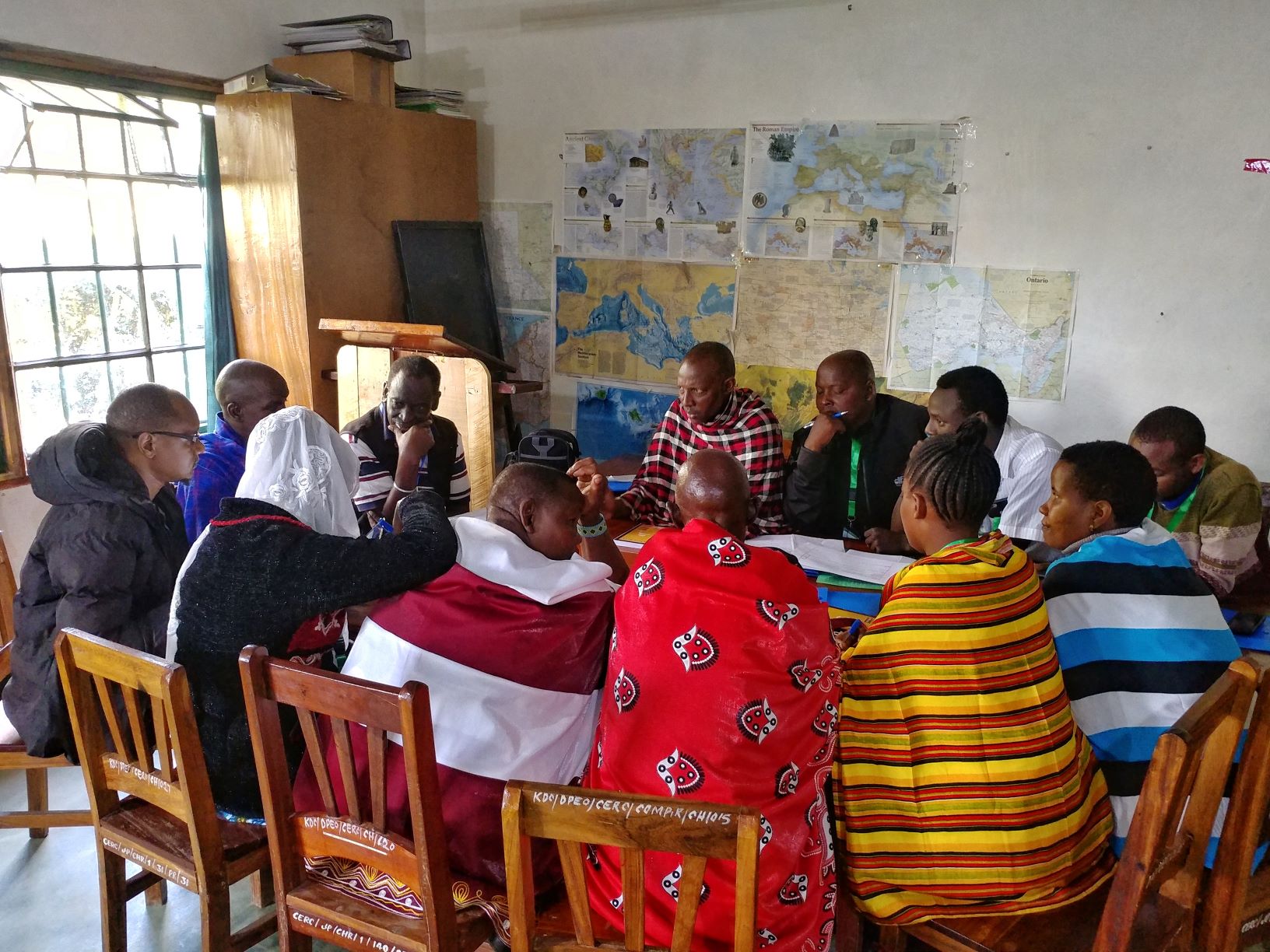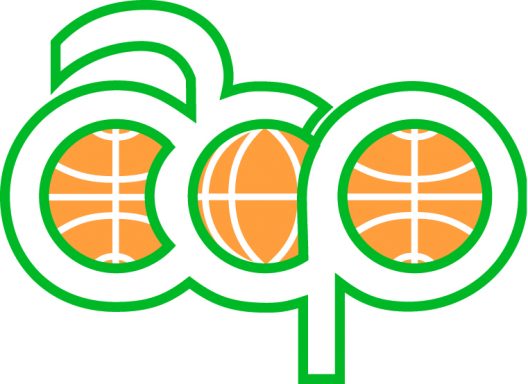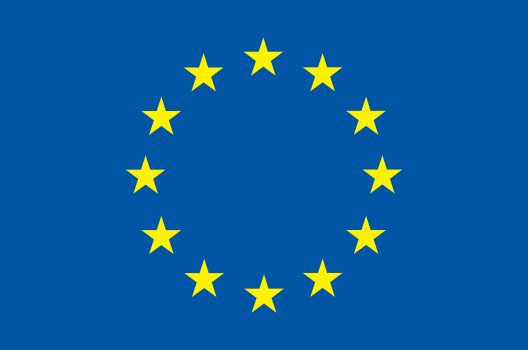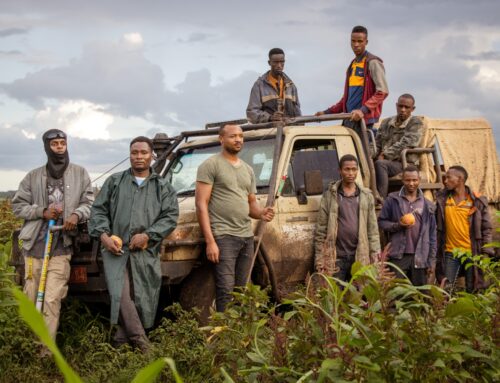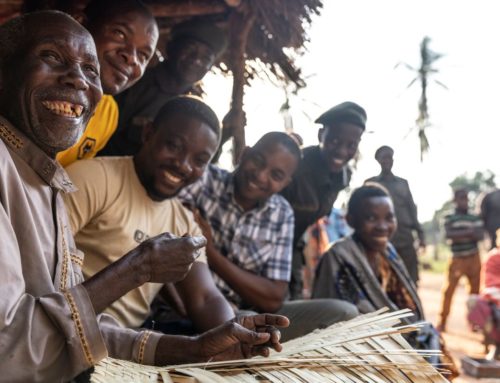“This experience was like a mirror, it made us look into ourselves like we have never done before” was a statement by an elder during a SAGE workshop held recently in Makame. We have had unexpected comments and powerful feedback from communities when they have engaged in the SAGE process. Towards the end of 2019, Honeyguide joined a team of organizations who were to pilot the IIED (The International Institute for Environment and Development) Site-level assessment of governance and equity (SAGE), this was a tool still in development for stakeholders and rightsholders to assess the social impacts, governance and equity of their conservation efforts. This process initially requires a scoping exercise to determine who needs to be included in the SAGE, looking at all the different stakeholders who are either effective by the Wildlife Management Area (WMA), have an invested interest or are supporting the initiative.
“This experience was like a mirror, it made us look into ourselves like we have never done before”
This usually attracts a colorful and diverse group of people, such as members of the community including schoolteachers, businesspersons, traditional leaders, members of the governing board of the Wildlife Management Area, women’s groups, NGOs and members of the local government. The next stage is to put them into a room together, essentially a ‘workshop’ in NGO terminology, and to discuss ten principles that determine governance and equity. The topics discussed range from transparency and benefit-sharing to some potentially more contentious topics such as effective law enforcement, access to justice, and recognition and respect of actors. The objective is to get a picture of the quality of governance (the performance of a WMA in relation to principles of equitable governance); and to be able to use the results to strengthen the governance.
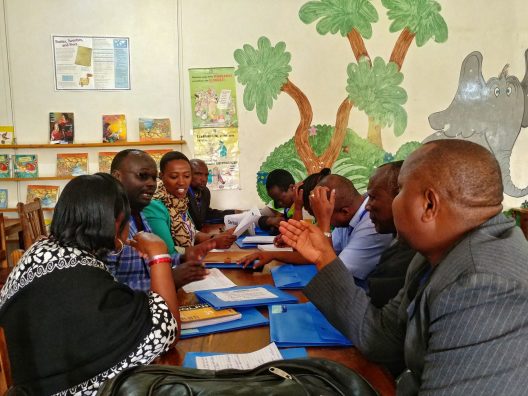
The SAGE pilot is now in the second stage of development, and Honeyguide conducted a SAGE in Makame Wildlife Management Area this past month, with all the stakeholders joining for the two-day session. At the end of days one and two, Sam and his team churn out spreadsheets, scorecards, and results. The core of the SAGE is for the management and board to see the results of their stakeholder’s view of their governance.
Makame for instance scores 2 out of 3 for the principle of transparency, information sharing, and accountability for actions and inactions, and scored 2.5 for the principle of effective and fair law enforcement. However, feedback from our team highlighted an unexpected outcome of the SAGE, and in some way, probably an outcome that is even more valuable than the results of the score.
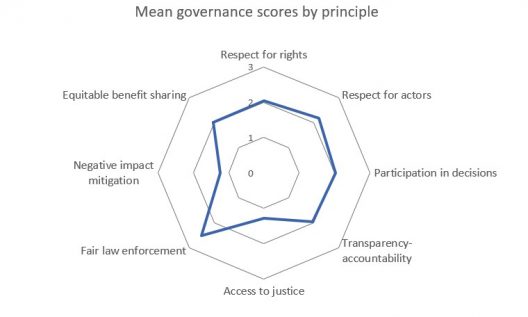
At both the SAGE conducted in Randilen and in Makame, the Honeyguide team heard members of the community talk about their experiences of attending the workshop, and that they had to address questions that were almost taboo to talk about. The SAGE put the cards on the table and did not offer any way out – everyone had to engage. A member of the Randilen community commented ‘I have learned more in this workshop than any other that I have attended’; a member of the women’s group said ‘in our pastoralist environment, women are scared to contribute in meetings, but in this workshop, we had no other option, we had to contribute and engage’. In Makame, a traditional leader mentioned that he had never experienced a discussion at this level, bringing issues to the table that normally they would conveniently avoid.
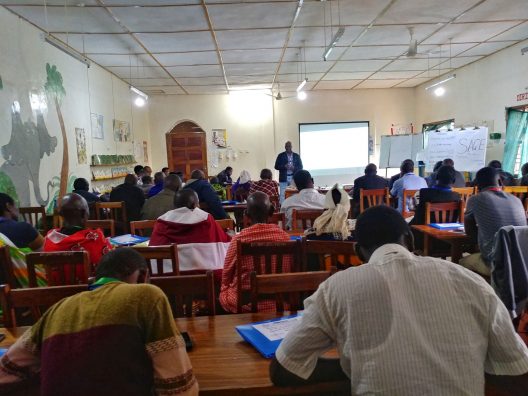
Our small team is dedicated to a common goal, to bring tangible benefits to communities in wildlife management areas. We do this by building trust, listening carefully, learning from each other, and sharing our experiences along the way. The SAGE model is a useful tool for our work.
We’d like to thank the European Union and the ACP Group of States through the BIOPAMA Programme for funding this project “SAGE in Burunge and Makame Wildlife Management Area”. The purpose of the project is to enhance management effectiveness and governance quality of the protected and conserved areas, through the assessment of key issues.

